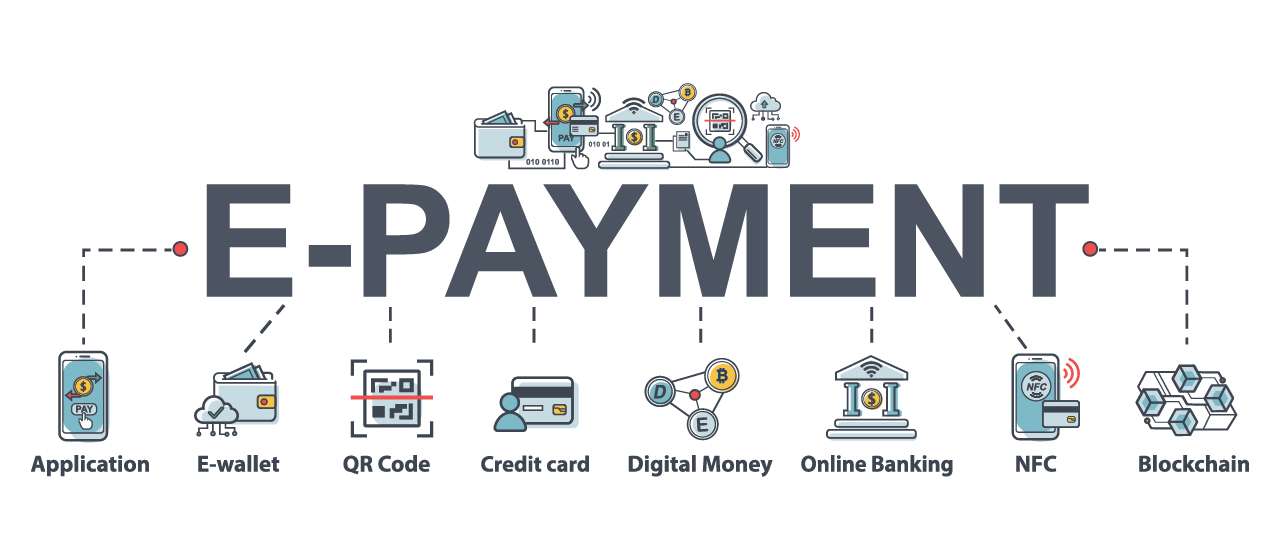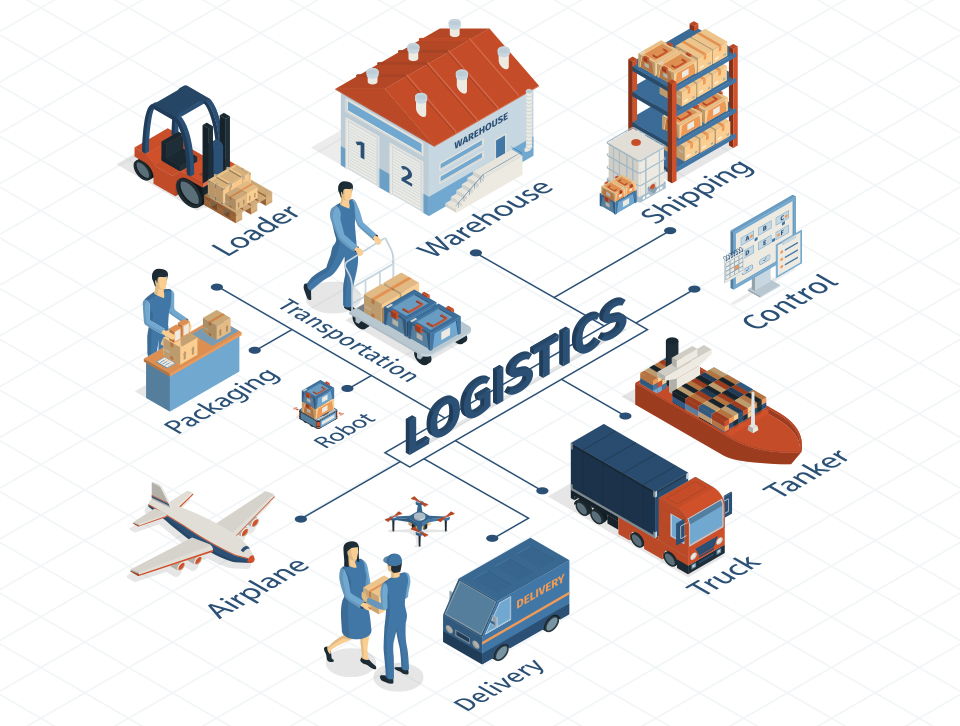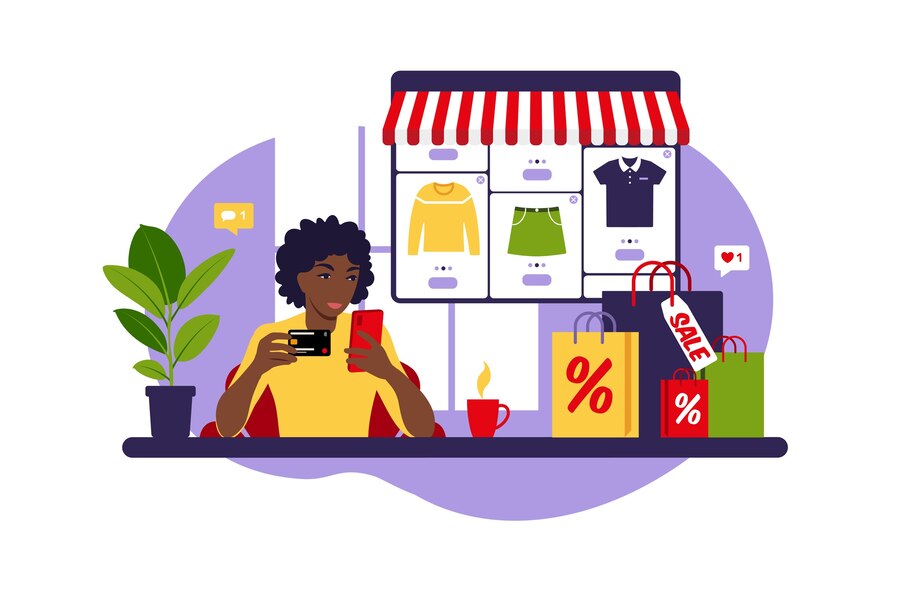
Understanding E-Payment
In our digital age, e-payment
systems have transformed how we manage money. These systems allow us to pay for
things electronically instead of using cash or checks. They've become a big
part of online shopping and everyday transactions.
What is e-payment?
E-payment, or electronic payment,
refers to paying for things online or through digital means rather than with
physical money. It involves different methods like credit cards, mobile
wallets, and online banking.
1. Credit Cards
These are like loans from a bank
that you can use to pay for stuff. When you make a purchase with a credit card,
you borrow money from the bank and repay it later.
2. Digital Wallets
Think of these as your digital
pocket. They store your payment details securely, so you don't have to enter
your card info every time you shop online. Examples include PayPal and Apple
Pay, streamlining online transactions without the need to re-enter card
information.
3. Mobile Wallets
These are digital wallets on your
phone. They use special technology to let you pay for things with your phone by
tapping it on a payment terminal.
How Does e-payment Work for
E-commerce?
When you buy something online,
here's what happens behind the scenes:
- You Make a Purchase
- Select items and proceed to the checkout on the
website. - Choose a payment method, like a credit card or
digital wallet, and enter your details. - Sending Payment Info
- The website sends your payment information to a
payment processor. - This processor verifies payment details And checks for sufficient funds.
- Authorization
- If everything checks out, the payment gets
authorized, which means it's approved. - After authorization, the money gets transferred
from your account to the seller's account. - Confirmation
- You receive a confirmation that your payment was successful
and your order is on its way!
Security in E-Payment Systems
E-payment systems take security
seriously to protect your money and information:
- Encryption
- Jumbles up payment details to prevent unauthorized
access. - Tokenization
- It swaps your sensitive information for unique
tokens, enhancing data security. - Two-Factor Authentication (2FA)
- Adds an extra layer of protection by using two
different methods to confirm your identity. - Reliable Payment Gateways
- Trusted payment gateways handle transactions
securely, keeping your info safe. - SSL Certificates
- These create a secure link between your browser and
the website you're using, establishing a safe connection. - Fraud Detection
- Systems monitor for any suspicious activity,
alerting you and the seller to keep your payment safe. - Customer Education
- Learning about safe online practices helps you stay
protected, like recognizing scams and creating strong passwords.
E-payment systems make it easy to
buy things online or through your phone. They now have extra security measures to
keep your money and personal information safe. Understanding how they work helps
you use them with confidence.
Comments (0)
Categories
Recent posts


The Importance of After Sales Service
11 Jan 2024
Understanding E-Payment
11 Jan 2024
Understanding e-Commerce Logistics
11 Jan 2024
Advantages of E-Commerce Over ...
10 Jan 2024Our Supported Partners
# Empowering Collaborative & Excellence









